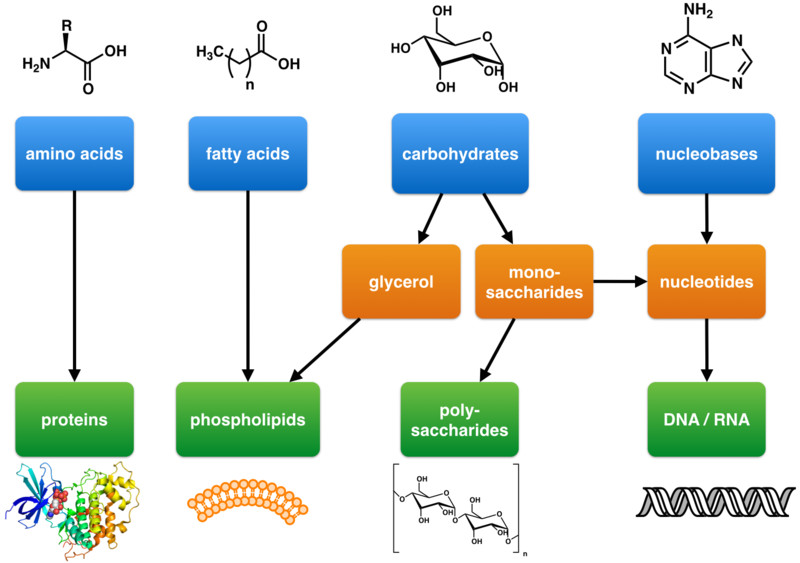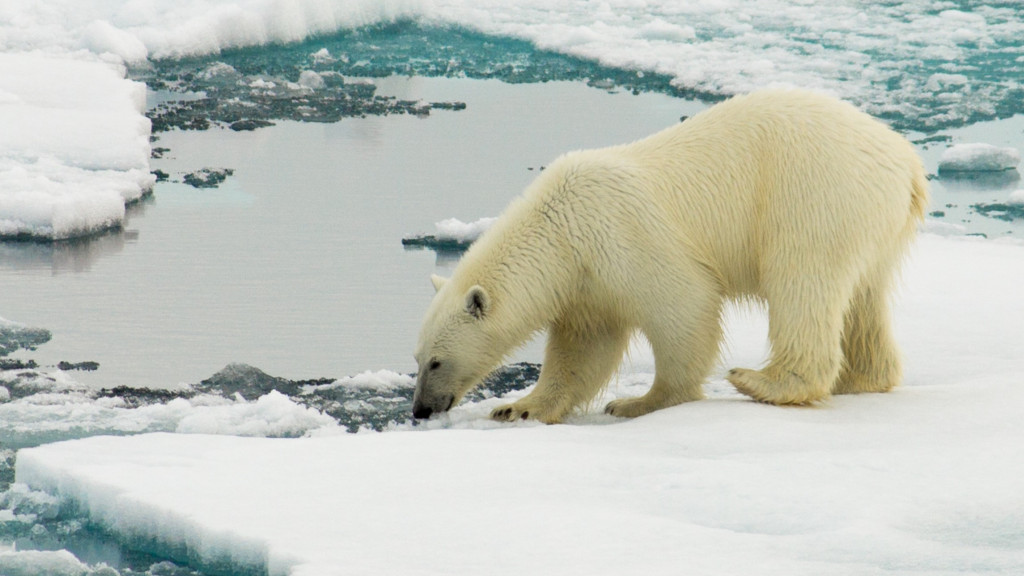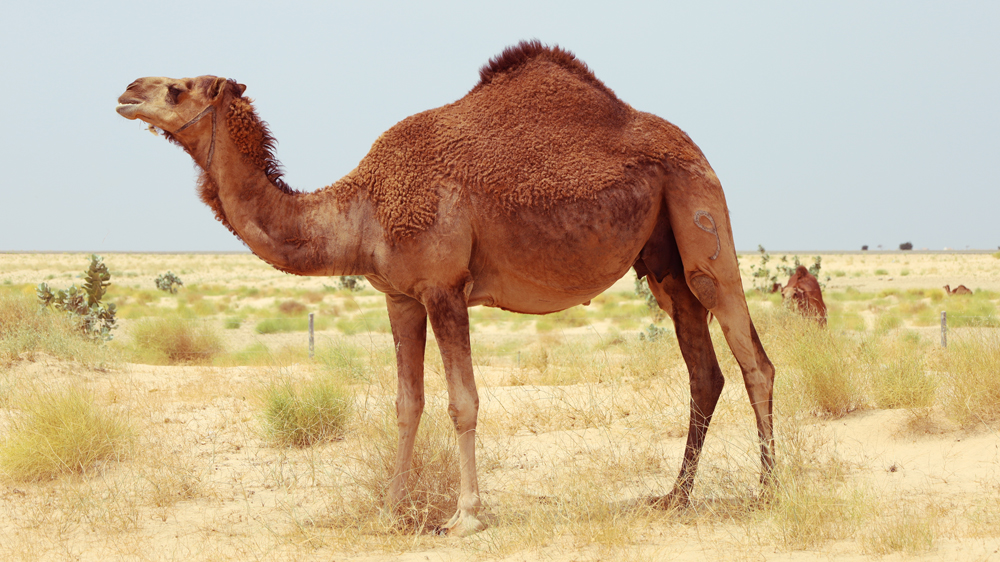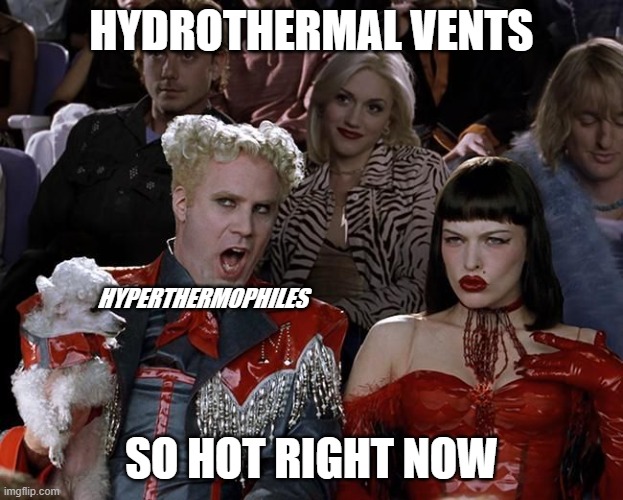Life manages to survive in places as hot as volcanoes and as cold as the poles of our planet. Organisms that thrive in these extreme environments are called extremophiles and their bodies have some unique adaptions to survive in such intense conditions.
The Earth is vast. From scorching hot deserts to freezing cold glaciers, along with a wide range of environments neatly pocketed throughout the globe, there is something that each place has in common—life.
However, humans can’t comfortably live in Antarctica or set up shop in the Sahara Desert. This doesn’t mean that absolutely no life can survive there. You might be surprised to find organisms living life to the fullest in the strangest, seemingly most inhospitable and hostile environments on Earth.
The handful of organisms that survive and thrive there are called extremophiles.
What Is Needed For Life To Form?
All life has a few basic requirements that it needs in order to “live”. These include water (or some solvent), an energy source, and basic biomolecules like carbohydrates, proteins, fats, and nucleic acid (DNA).
Without these basic requirements, organisms don’t have the resources to grow or generate energy to sustain themselves. Thus, in each of these harsh environments, organisms have adapted to secure these necessities from their environment.

But that’s not all! In order to thrive, they need to adapt further. It’s the equivalent of having to wear a sweater while living in a cold country. You may be getting water, food and shelter to survive, but you would certainly be more comfortable with a sweater than without one!
Also Read: Why Is Life Carbon-Based (And Not, Say, Silicon-Based)?
How Do Organisms Live In Extreme Cold?
Microorganisms and animals, no matter how smart, can’t knit themselves a sweater to stay warm. Instead, with the help of evolution, their biology adapts.
Take penguins—birds that live on the coldest continent in the world. Their bodies are naturally designed to conserve heat. Their veins are wrapped around their arteries, keeping the blood inside the arteries slightly warmer.
On top of that, when they dive in the cold sea while hunting, their heart rate slows down by 15%. This helps the body conserve more energy that can instead be used to generate more body heat. Even the feathers on their bodies overlap, protecting them from sharp cold winds and water.
Other Arctic animals, such as polar bears, seals and Arctic foxes, have similar traits. They have a thicker coat of fur and their bodies generate more body heat.

Psychrophiles: Microorganisms Thriving In Extreme Cold
Many microorganisms have also adapted to survive in the extreme cold and are called psychrophiles (which basically means cold loving). Such bacteria produce sugary jelly-like substances called exopolysaccharides that act like a protective layer of clothing.
Some bacteria and fungi even make antifreeze proteins. These proteins reduce the freezing point of water so that the intracellular water inside them doesn’t freeze, which would cause internal ruptures.
Also Read: Why Do Fish At The South Pole Not Freeze To Death?
How Do Organisms Live In Intense Heat?
Now what about the heat-loving ones, the thermophiles? There is plenty of life in deserts, near volcanoes and within hot springs. How do they manage surviving there without sweating or boiling their existence away?
The most crucial ability that organisms living in extremely hot climates possess is their ability to retain water. Our best-known example, the camel, can survive for 7 months without a single sip of water.
A common misconception is that camels store water in their humps, but that’s not the case. The hump is actually composed of a lot of fatty tissue that it uses as an alternate food source in case it can’t find anything else to munch on.
Camels are blessed with the function of needing less water than the vast majority of organisms. Their blood cells can store a lot more water, while their fur prevents the camel from sweating and losing it.

Cacti have adapted to the desert by storing water in their stems and having thorny leaves to prevent water loss via transpiration. They have extremely thin roots that cover a large radius, allowing them to soak up all the tiny bits of water that they’re fortunate enough to find around them.
Hyperthermophiles: Microorganisms Dwelling In High Temperatures
Microorganisms survive in the desert by staying inactive throughout the year, except when it rains.
Apart from deserts, microbes can even survive near hydrothermal vents. These vents are small fissures deeply situated in the sea where extremely hot water of about 122°C is pumped out from underground. Microorganisms that can live in places like hydrothermal vents or volcanoes are called hyperthermophiles.

The cell membranes of hyperthermophiles are much more flexible, allowing them to have more fluidity, so the hot water can flow in and out of them quicker. Some examples of hyperthermophilic bacteria are Hyperthermus butylicus and Methanopyrus kandleri.
As you can imagine, it would be difficult to get energy-rich nutrients so deep down in the sea, or near volcanoes, for that matter. Instead, such microorganisms undergo chemical reactions to produce energy by using the elements around them. For example, certain microbes can use sulphur, iron, methane or hydrogen to create energy. They are broadly labelled as chemosynthetic microorganisms.
Also Read: What Is Life Like In Deserts?
Where Else Can Life Survive?
Apart from just hot and cold regions, there are plenty of other locations on Earth that have conditions that are just as harsh, but are still teeming with life. These include environments with extreme pH levels or extremely high salt content, like the Dead Sea.
Occasionally, near mines, we find extremely acidic water bodies that are called mine drainage. Acidic elements in rocks, such as iron sulfide, react with oxygen and water, making the water acidic. This water can be so acidic that it can dissolve heavy metals. Such toxic environments can’t support large animal life, but microorganisms can somehow make do over there.
Such acid-loving bacteria (acidophiles), like Acetobacter aceti, maintain their pH by producing slightly more alkaline proteins in their body and pumping out protons (H+ ions). This helps neutralize the environment’s acidic property. On top of that, the proteins that make up their body are slightly more basic, which helps neutralize the acidic environment around them.
It’s vice versa for alkaline-loving microorganisms. They pump H+ ions into their bodies to neutralize the alkaline nature of their environment, and their cellular proteins lean more towards the acidic side.
Even the deepest and darkest parts of the sea can harbor life. Even places 10 km below the Earth’s crust can have microorganisms that have adapted to living without sunlight or sufficient air. Life forms have even been detected on rocks that were excavated from African gold mines 3km below the Earth’s surface!
Also Read: Is There A Planet More Habitable Than The Earth?
Conclusion
After reading this piece, you must be thinking, “Wow, life can really survive anywhere!” It’s this thought that has scientists puzzling about extraterrestrial life. Perhaps there could be some life forms living on the moon, Mars or in any other solar system. Surely, we can’t be the only life forms in the universe, right?
Granted, it is mostly microorganisms that can survive in such harsh conditions. It becomes way more difficult for complex life forms like animals to survive at extreme temperatures and pressures.
Technically, any other planet that has water (or its equivalent), along with energy sources, should be able to support life. Plenty of research has gone into studying extremophiles and their survival mechanisms. If scientists can crack their code, it could explain how other life forms might be surviving elsewhere in the universe.
I don’t know if the life out there will resemble the life on Earth, but I’m pretty sure they will be just as interesting!
How well do you understand the article above!

References (click to expand)
- Rampelotto, P. H. (2010, June 4). Resistance of Microorganisms to Extreme Environmental Conditions and Its Contribution to Astrobiology. Sustainability. MDPI AG.
- How does mine drainage occur? | U.S. Geological Survey. The United States Geological Survey
- Muñoz, P. A., Márquez, S. L., González-Nilo, F. D., Márquez-Miranda, V., & Blamey, J. M. (2017, August 7). Structure and application of antifreeze proteins from Antarctic bacteria. Microbial Cell Factories. Springer Science and Business Media LLC.
- Siddiqui, K. S., Williams, T. J., Wilkins, D., Yau, S., Allen, M. A., Brown, M. V., … Cavicchioli, R. (2013, May 30). Psychrophiles. Annual Review of Earth and Planetary Sciences. Annual Reviews.
- Letter from Stephanie: Antarctic Adaptations | AMNH. The American Museum of Natural History
- Merino, N., Aronson, H. S., Bojanova, D. P., Feyhl-Buska, J., Wong, M. L., Zhang, S., & Giovannelli, D. (2019, April 15). Living at the Extremes: Extremophiles and the Limits of Life in a Planetary Context. Frontiers in Microbiology. Frontiers Media SA.
